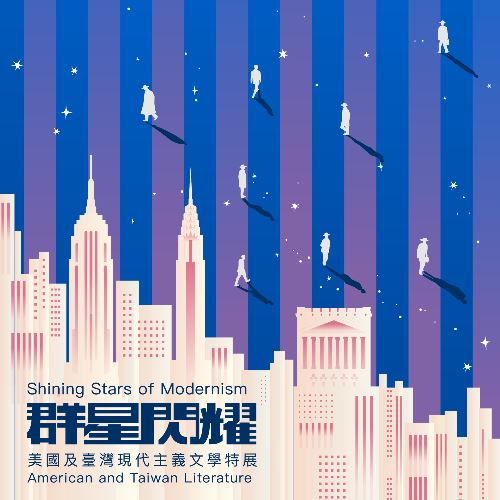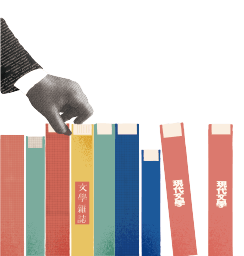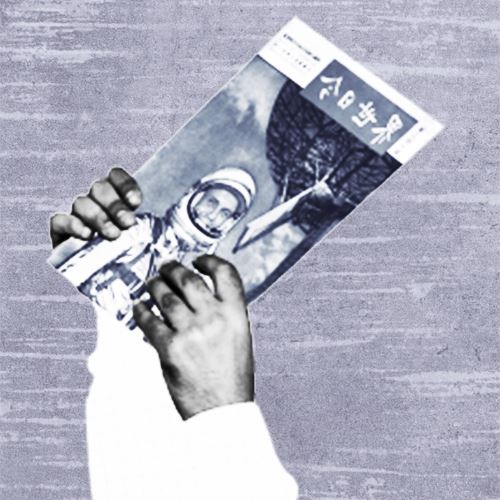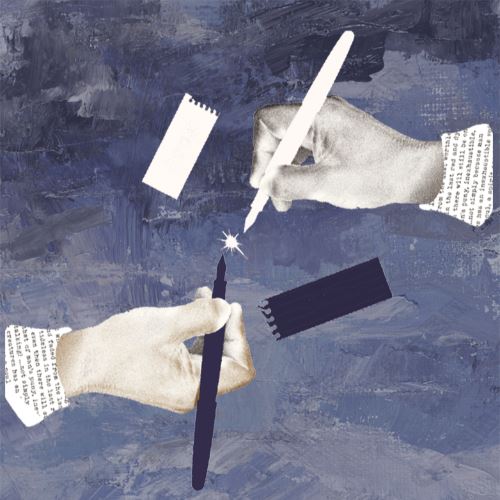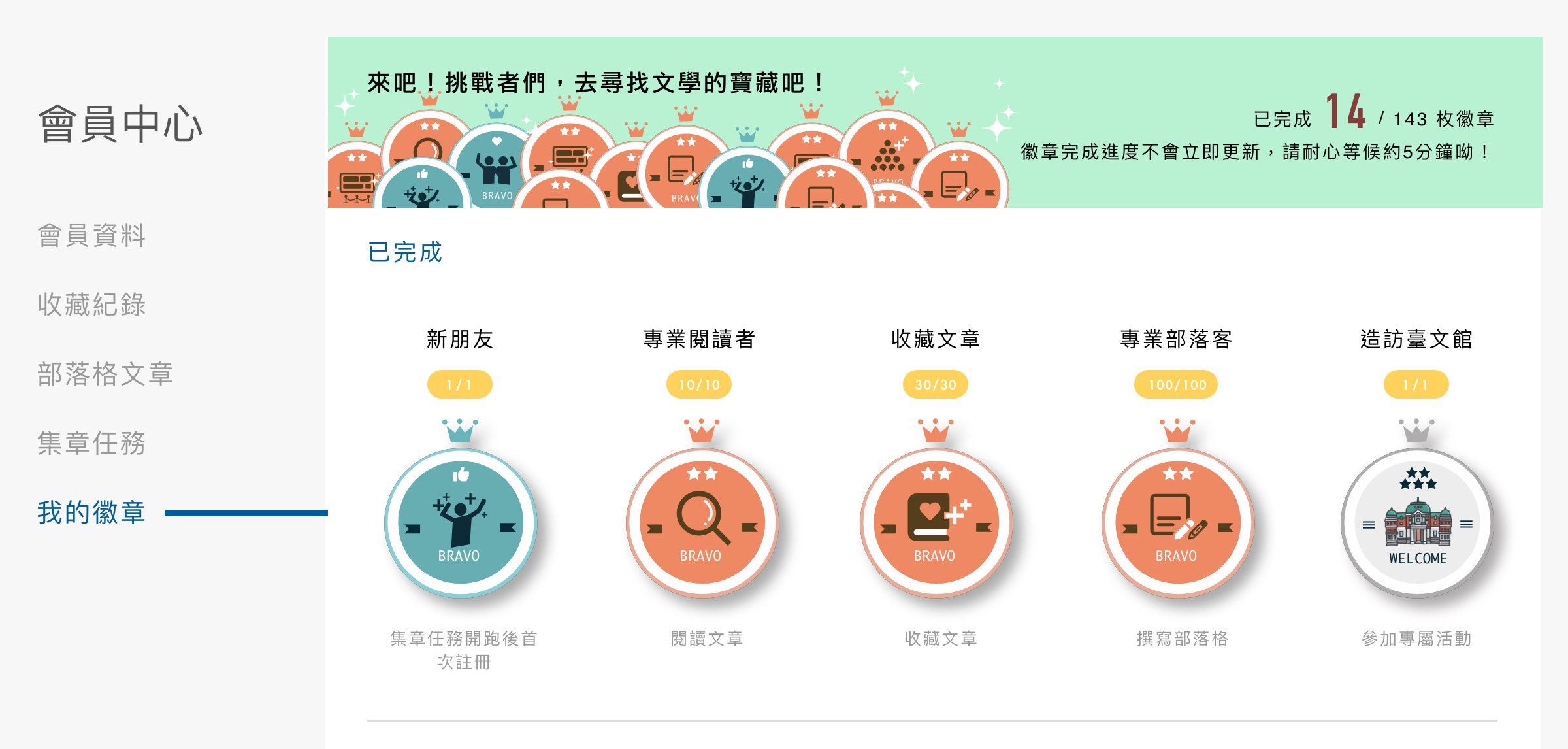✧ Literary Review (1956-1960) ✧ Modern Literature (1960-1984) ✧ The Cornerstone of Taiwan Literature in Translation ✧
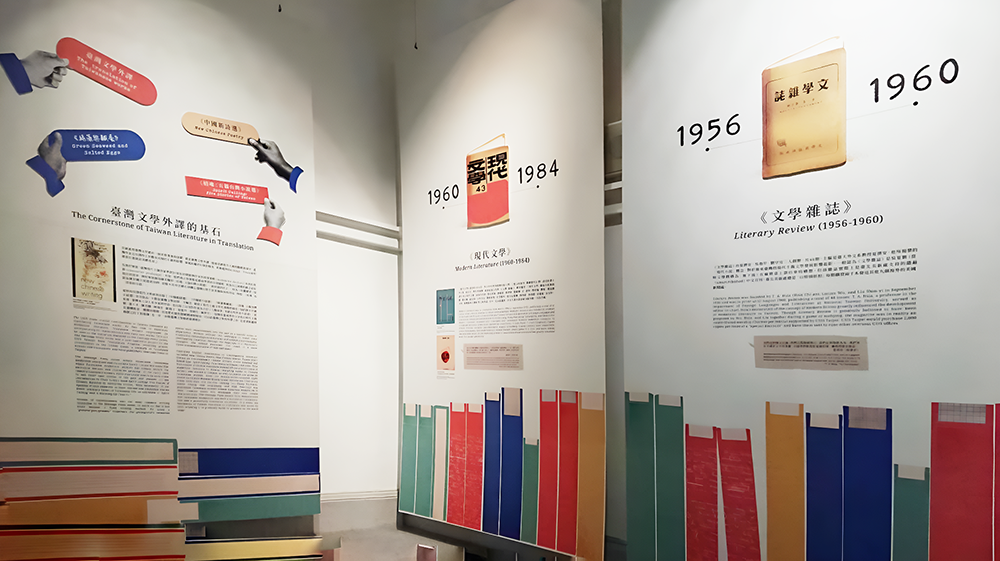
The circulation of Literary Review and Modern Literature is regarded by literary historians as the golden age of Taiwanese literary history. They are considered the most important periodicals which introduced American modernist literature in post-war Taiwan. Both academic publications received support from USIS Taipei.
Literary Review (1956-1960)
We oppose extravagant rhetoric, we oppose distorting truth, and we oppose deliberate misrepresentations. It is not that we do not value the beauty of language, but we believe this to be more important: let us speak the truth.
T. A. Hsia, "To the Reader"
Literary Review was founded by T. A. Hsia (Hsia Chi-an), Lucian Wu, and Liu Shou-yi in September 1956 and was in print until August 1960, publishing a total of 48 issues. T. A. Hsia, a professor in the Department of Foreign Languages and Literatures at National Taiwan University, served as editor-in-chief. Hsia's declaration of the concept of modern fiction greatly influenced the development of modernist literature in Taiwan. Though Literary Review is generally believed to have been proposed by Wu, Hsia, and Liu together during a game of mahjong, the magazine was in reality an unattributed monthly Chinese periodical supported by USIS Taipei. USIS Taipei would purchase 2,000 copies per issue at a "special discount" and have them sent to nine other overseas USIS offices.
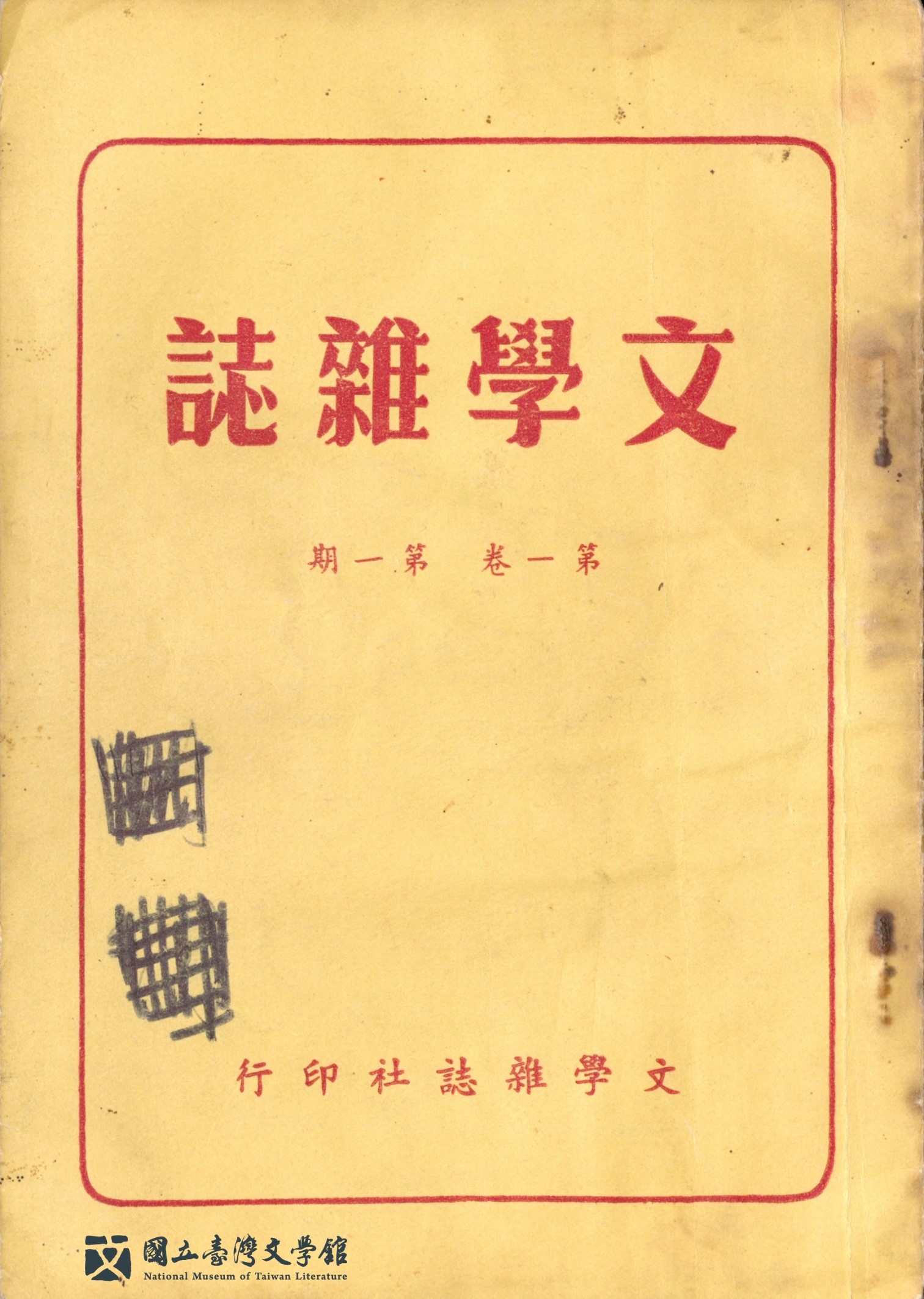
◪ Literary Review, Vol. 1, Issue 1
Launched in 1956 by T. A. Hsia, Lucian Wu, and Liu Shou-yi. T. A. Hsia, the professor in the National Taiwan University Department of Foreign Languages and Literatures, served as editor in chief. A total of 48 issues were published before it was discontinued in August 1960. The concept of the "modern novel" it proposed greatly influenced the development of modernist literature in Taiwan. (Courtesy of the National Museum of Taiwan Literature Collections.)
Modern Literature (1960-1984)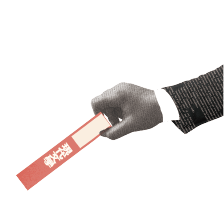
Huang Chun-ming, who grew up in the rural countryside of Yilan, expresses that he was the only devoted reader of Modern Literature at his local library. When Huang read Taipei People, he was deeply moved and came to greatly admire and hold Pai Hsien-yung in very high regard. Huang never expected that he would one day be sitting with Pai himself.
Huang Chun-ming, World Journal
Modern Literature was in circulation from March 1960 to September 1973, publishing a total of 51 issues. After a hiatus, another 22 issues were published. Modern Literature was founded by students of the South North Society from the National Taiwan University Department of Foreign Languages and Literatures. Among its members were Pai Hsien-yung, Wang Wen-hsing, Ouyang Tzu, and Chen Jo-hsi. Modern Literature systematically translated and introduced Western modernist literature by Archibald MacLeish, James Joyce, Katherine Anne Porter, St-John Perse, F. Scott Fitzgerald, Eugene O'Neill, William Faulkner, John Steinbeck, August Strindberg, Eugène Ionesco, Jules Supervielle, Ernest Hemingway, Sherwood Anderson, Samuel Beckett, Henry James, T. S. Eliot, and more. Among the published works, fiction featuring stream of consciousness and existentialism greatly resonated with the younger generation.
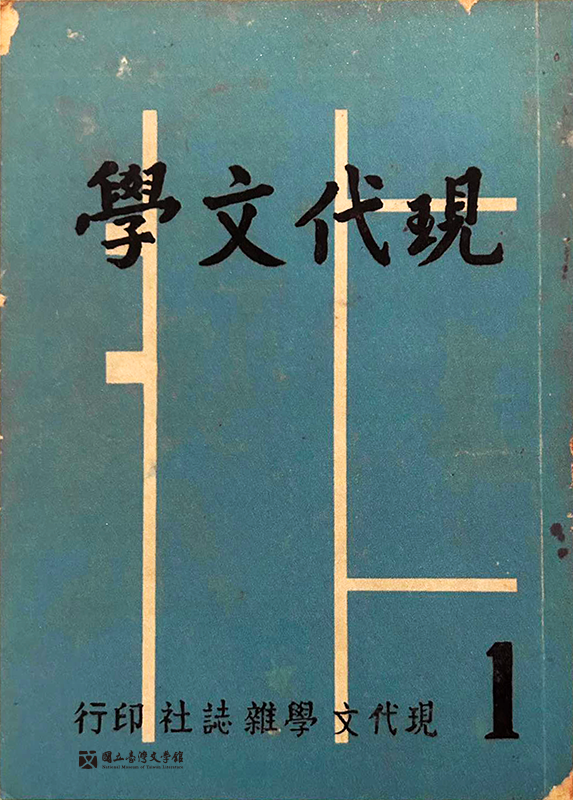
◪ Modern Literature, Issue 1
Courtesy of the National Museum of Taiwan Literature Collections.
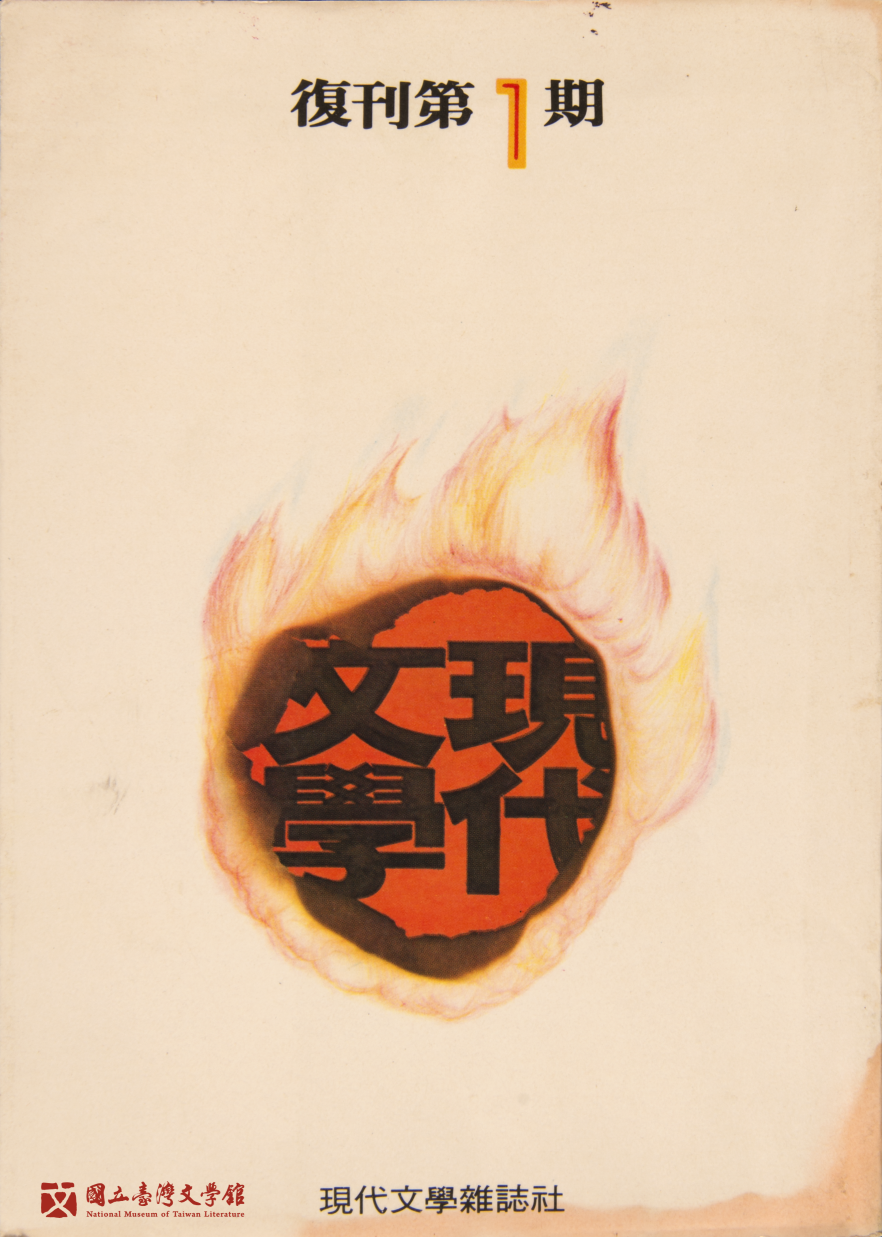
◪ Modern Literature, Issue 1 (Post-hiatus)
Published in 1977. (Courtesy of the National Museum of Taiwan Literature Collections.)
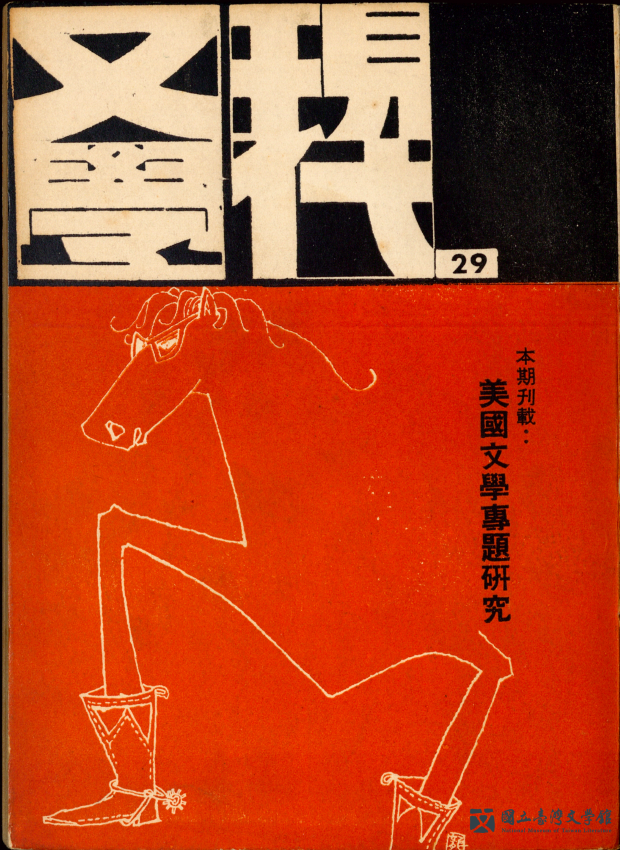
◪ Modern Literature, Issue 29
Founded in 1960 by National Taiwan University Department of Foreign Languages and Literatures students in the South-North Society, Modern Literature systematically translated and introduced Western modernist works to Taiwan. The theme of this issue is research topics in American literature. (Courtesy of the National Museum of Taiwan Literature Collections.)
The Cornerstone of Taiwan Literature in Translation
The USIS made crucial contributions to Taiwan literature by translating Taiwanese works. As they took in American modernist literature, Taiwanese writers responded by incorporating its characteristics into their own works. This can be seen in the literature featured in the Heritage Press series. The Heritage Press series was a joint operation project by the USIS Taiwan Book Translation Program involving project coordinators in the United States, a network of Taiwanese writers and translators, and local publishers (Heritage Press in Taipei).
The Heritage Press series widely showcased Taiwanese modernist literature and its unique facets. Lucian Wu notes that while Taiwanese modernist authors did indeed absorb the narrative devices and character probings of the early 20th century European writers, their true intent was to do so in order to tell their own stories of the past and present. In the introduction to Chen Jo-hsi's book Spirit Calling: Five Stories of Taiwan, Richard M. McCarthy writes,
"Most successful, in the opinion of this observer, at least, are her less ambitious stories about ordinary facets of Taiwanese life, as exhibited in 'Spirit Calling'nd 'A Morning for Chao-ti.'"
Stream of consciousness was the most common writing technique in the Heritage Press series, so much so that it has since become a fixed writing method. By using a "present-past-present" trajectory, the protagonist's memories throw their consciousness into the past to a specific scene or experience. Writers utilized this technique to break from traditional chronological structures and instead create complex, overlapping timelines through the depiction of a character's thoughts and mental processes. The result is a more three-dimensional sense of time and space.
Published English translations of contemporary literature included New Chinese Poetry, New Chinese Stories: Twelve Short Stories by Contemporary Chinese Writers, Green Seaweed and Salted Eggs, Spirit Calling: Five Stories of Taiwan, and more. This first export of Taiwan literature showed off the distinct traits of modernist literature in Taiwan, featuring works by Chinese writers who moved to Taiwan, as well as poetry and prose by Taiwanese writers. Even the female-writer-centered Eight Stories by Chinese Women (Huang Chuan, Pan Jen-mu, Chen Jo-hsi (Chen Hsiu-mei), Lin Hai-yin, Ouyang Tzu (Hung Tse-hwei), Eileen Chang, Hou Jung-sheng, and Nieh Hua-ling) was published. Taiwanese writers echoed American modernism in their creative works and developed their own unique characteristics. The Heritage Press project fully demonstrated that Taiwanese modernism was both a horizontal transplantation and a powerfully innovative movement. In a sense, the foundation of Taiwan literature in translation was paved by USIS, allowing it to gradually build its presence on the world stage.
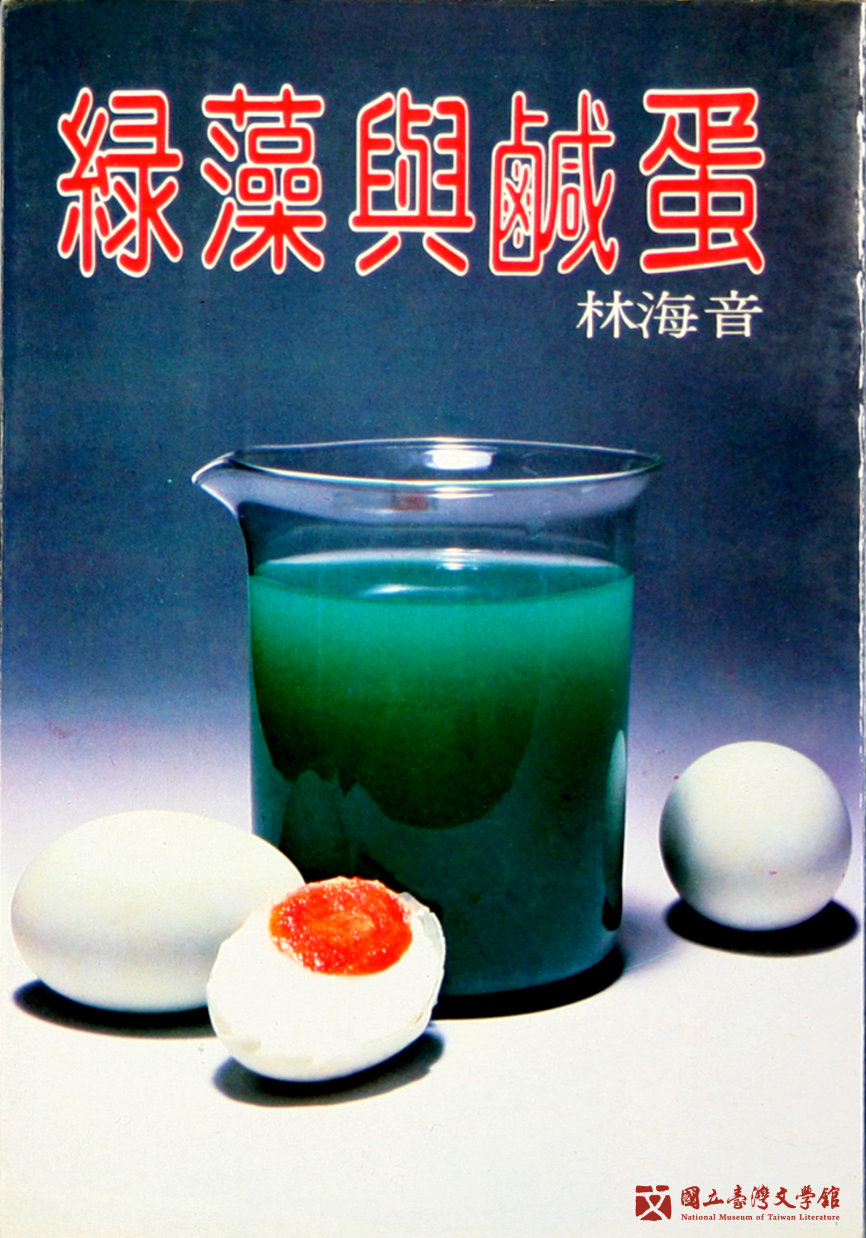
◪ Green Seaweed & Salted Eggs by Lin Hai-Yin, translated by Nancy Chang Ing, 1963
Published by The Heritage Press. It includes short works such as "Green Seaweed & Salted Eggs", "Lam I-niang", "Do You Want a Drink of Ice Water?", "Let Us Go and See the Sea", and "Certain Sentiments". (Courtesy of the National Museum of Taiwan Literature Collections.)
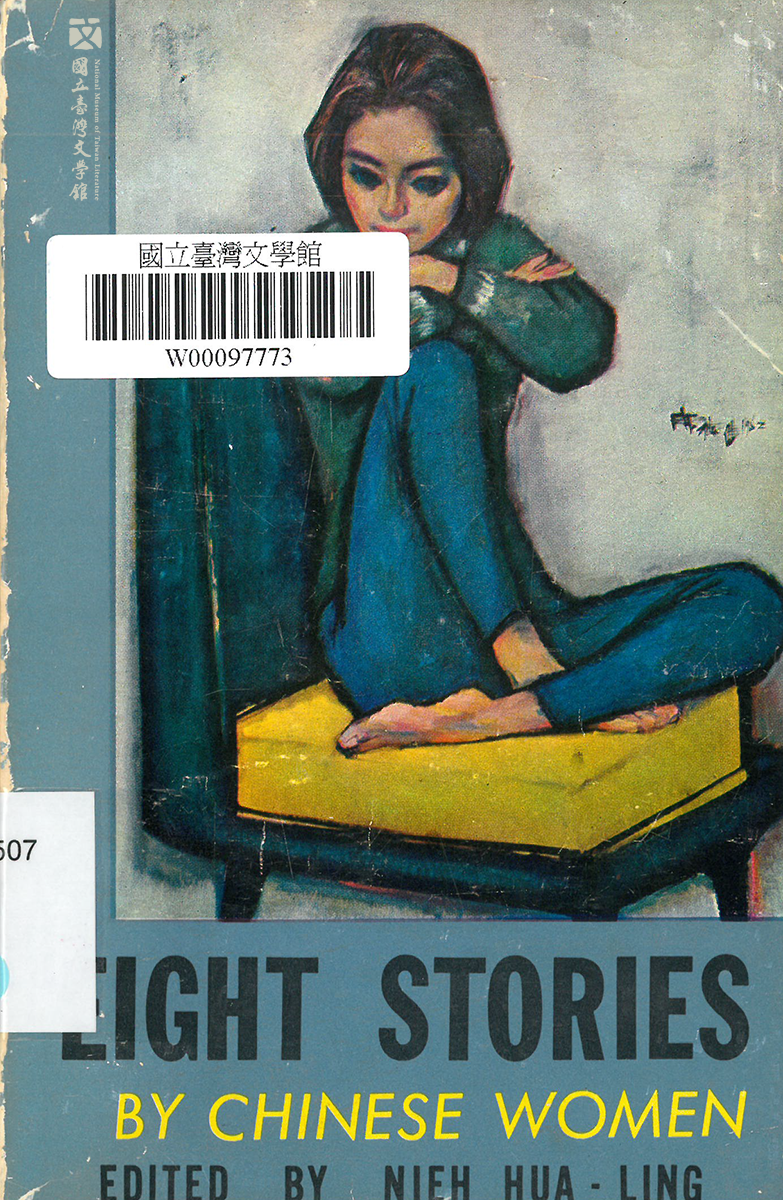
◪ Eight Stories by Chinese Women, selected by Nieh Hua-ling, translated by Eileen Chang, 1962
Published by The Heritage Press. Included Huang Chuan, Pan Jen-Mu, Chen Hsiu-Mei, Lin Hai-Yin, Hung Tse-Hwei, Eileen Chang, Hou Jung-Sheng, and Nieh Hua-Ling. (Courtesy of the National Museum of Taiwan Literature.)
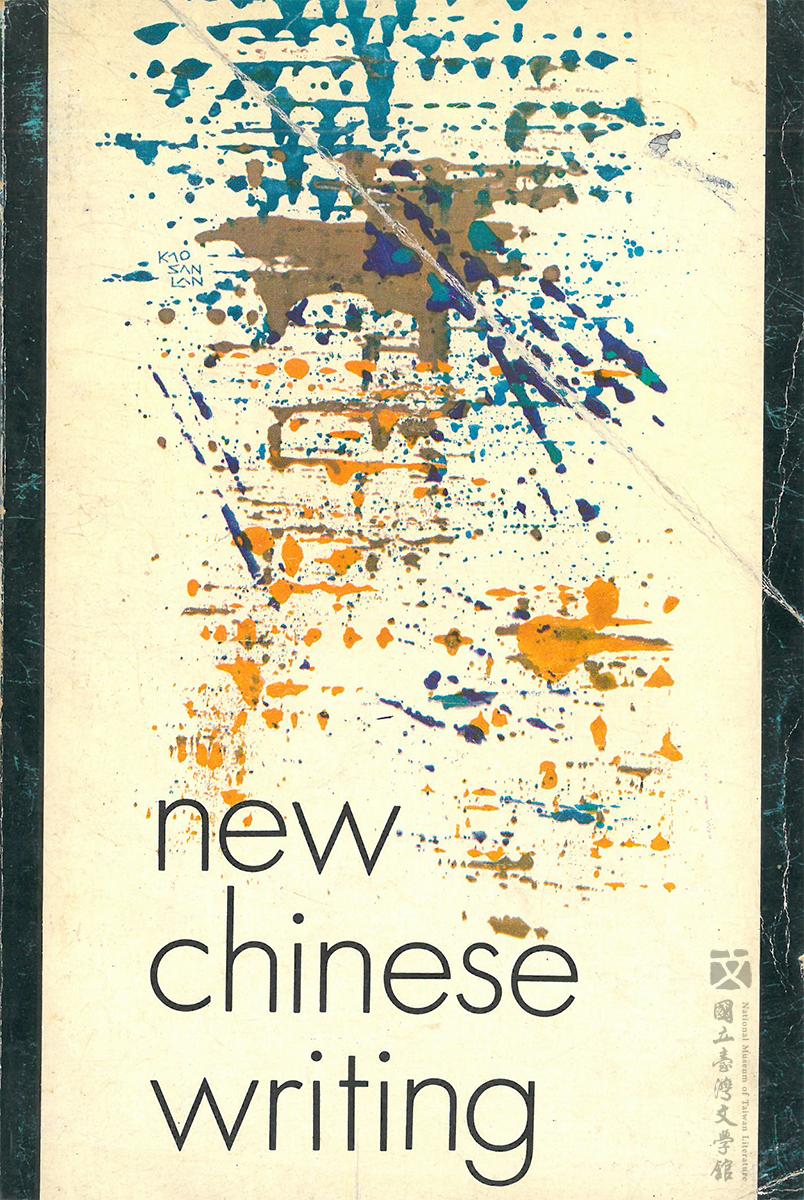
◪ New Chinese Writing, edited and selected by Luciav Wu, 1962
Published by The Heritage Press.(Courtesy of the National Museum of Taiwan Literature.)

